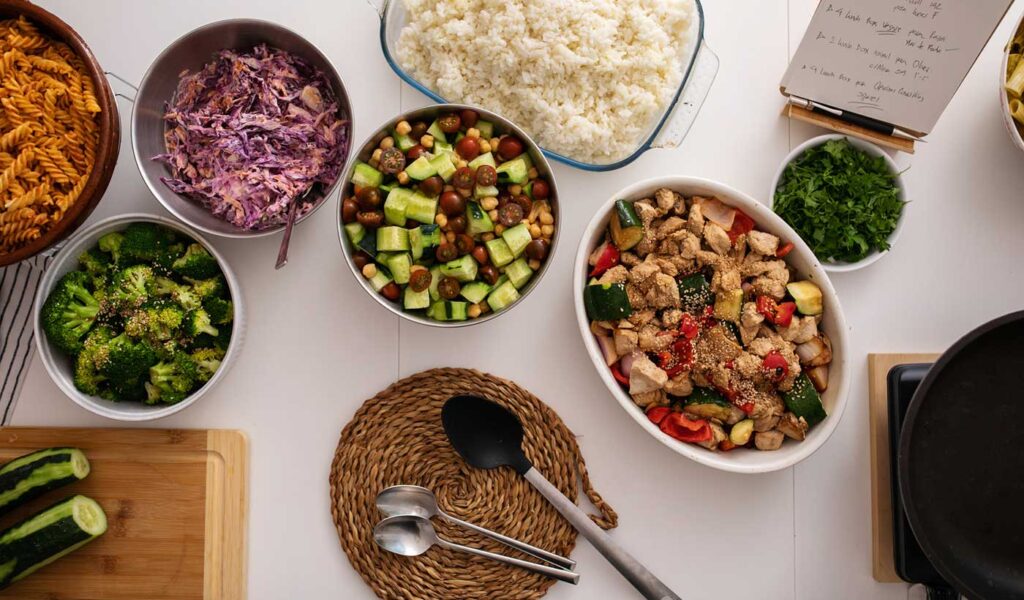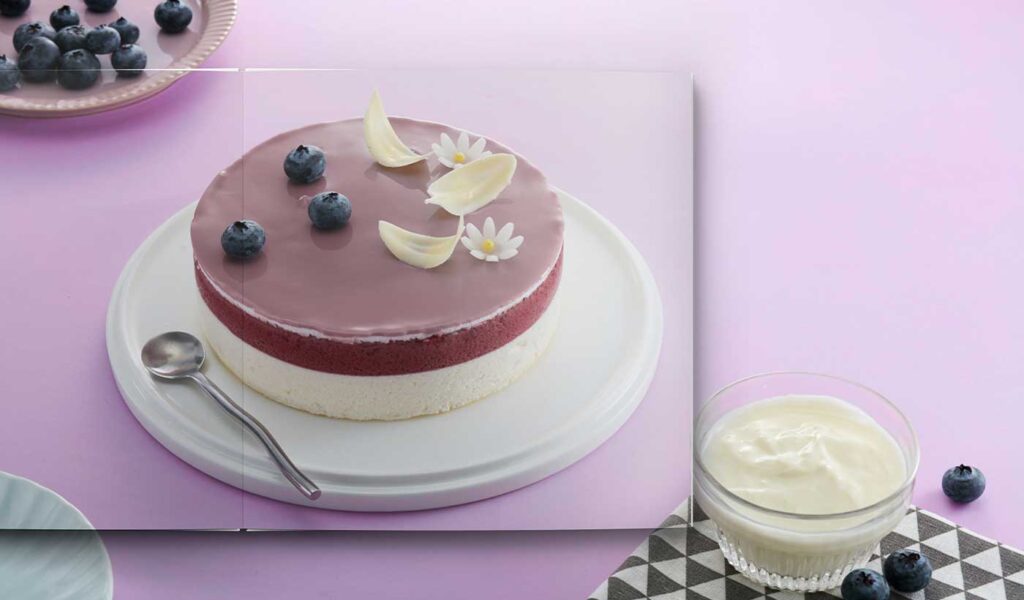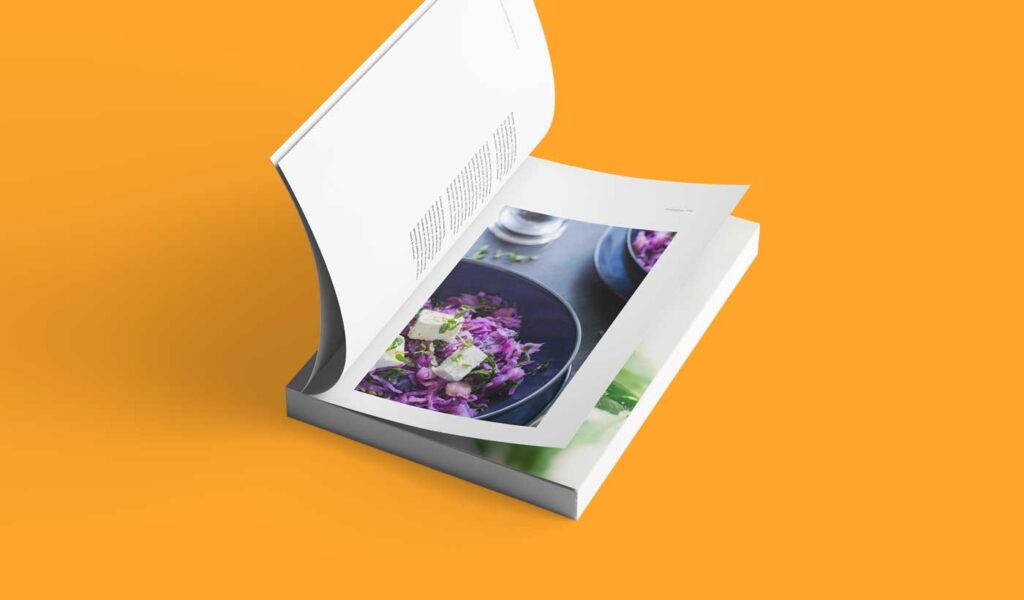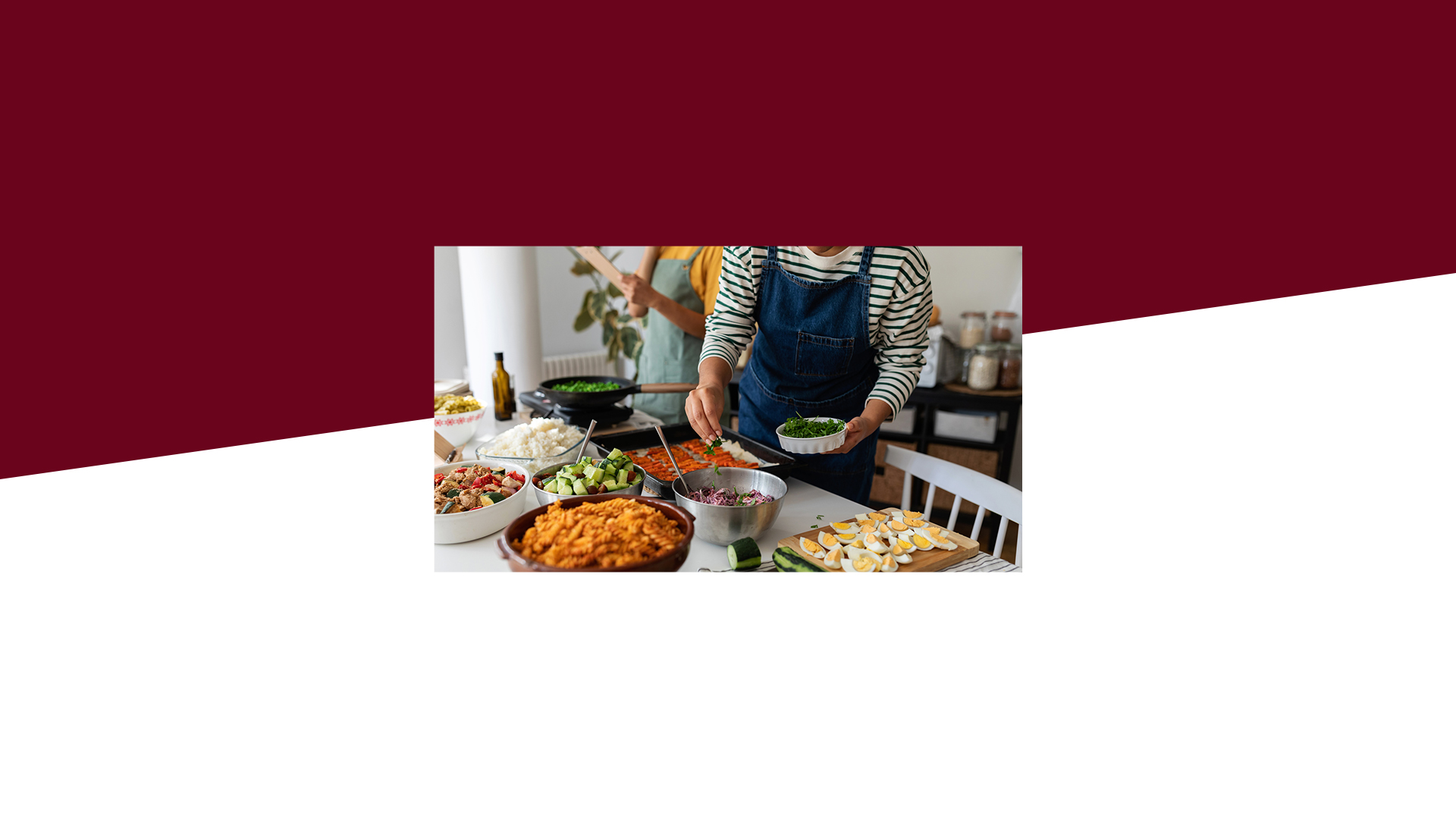How to Organize Recipes for Your Custom Cookbook
If you’re thinking about making a cookbook, you’ve probably already had some inspiration and a general idea of what works. The best ones follow a few important rules for making a custom cookbook. First and foremost, they include great recipes. They feature comprehensive instructions and consistent layouts. They’re accompanied by high-quality food photography of finished dishes. And other flourishes for spice.
But getting all that content together is really just the mise en place for your finished cookbook. Before it’s ready to serve and enjoy, you’ve got to organize your recipes in a way that makes your cookbook easier to use, more enjoyable, more meaningful, and, ideally, both familiar and unique at the same time. And remember, this isn’t just about arranging what you’ve got into the right order. Sometimes, the organization itself can serve as creative inspiration and take your work in new directions.
Here, we’ll dive into how to organize recipes for your custom cookbook, different recipe categories to consider, some unique themes to try out, and essential principles for making any cookbook friendlier for both readers and chefs.
Organize your recipes by course
Appetizers, soups, salads, main dishes, desserts. If your recipes span these familiar categories, grouping them by their place in a full meal could be the right approach. It might sound straightforward, but it’s an organizational cookbook tradition that works. And if you’re feeling saucy, you could even plot out entire meal suggestions with your groupings.
…or get untraditional
Let’s be honest: most people these days aren’t planning their food or meals around courses. (Not that we’re afraid of commitment, but meals like that are hard. And sometimes we’re tired.)
Take a look at your recipes, and see if a different type of grouping emerges that seems more helpful. Try arranging them by types (breads, pastas, etc.) or by ingredients (vegetables, eggs). You may find that your collection of recipes makes more sense that way. And your readers may find it more useful when they’ve already got an idea of what they want to make—or they’re looking to cook something up using an ingredient they have on hand.

Cater your recipes to modern tastes
If your recipes cater to a particular type of diet or lifestyle, those could make for a solid chapter in a cookbook—or an entire book unto itself. If a meal (or a guest) calls for something gluten-free, dairy-free, or vegan, grouping recipes that way can give the cook a better way to explore their options.
This approach can extend beyond what’s being cooked to how it’s being cooked. Think slow cookers, pressure cookers, and air fryers. When the weather’s great, it can be handy to be able to flip directly to all the grilling recipes. When it’s not, you can head straight to the chapter on cozy, oven-roasted comforts. People who hate doing dishes might appreciate a section devoted to single-pan meals.
The same principle can apply to prep times. Your cookbook can start with a chapter of 10-minute-or-less quick bites and scale up to all-day marathon masterpieces. And if your cookbook is more focused on one type of fare (i.e., soups, smoothies, etc.), keep the chapters smaller and tighter.
Find a deeper meaning behind your cookbook
For most of us, food transcends ingredients, taste, and texture. It can be linked to emotion, history, moments, and memory. Your recipes might have profound personal meanings to you, so using that as an organizational strategy can help your cookbook tell a story. Or they might lend themselves to different holidays, events, or moods.
Reflect on what your food means and try organizing your recipes outside of the familiar and expected ways. You might find you have entire chapters of recipes perfect for a rainy day, favorites Grandma made better than anyone, kid-friendly dishes, or treats that never fail to cheer you up

Think beyond recipes
There’s so much more to cooking than recipes—and there can be more to your cookbook, too! Consider all the other knowledge you’ve got to share that goes hand-in-hand with your recipes like: Tips for shopping on a budget. The best places to seek out hard-to-find ingredients. Picking out the perfect produce. How to maintain a well-stocked pantry. Fundamental methods for preparing soups, sauces, desserts, and dressings. Kitchen tools you just can’t live without. Mistakes you’ll never make again, or things you wish you’d learned earlier.
Topics like these can make for a great sidebar, a special feature page, or even an entire chapter. Take a step back and look at the big picture, and what was once a simple collection of recipes could become an essential kitchen resource, or an eye-opening source of vital insights.
Design a great user experience for your cookbook
Even if your cookbook and its cuisine already make for a creative culinary triumph, some left-brain thinking can elevate it further. Contemplate how people use cookbooks and navigate books in general. A comprehensive recipe table of contents is a must and can help set the stage for your complete vision. And there’s more to that table than just names and page numbers. Whatever categories or themes you’ve chosen to organize your cookbook, this can be a place to define them up front or provide quick, at-a-glance information like main ingredients and preparation times.
If you’ve put something where you would expect it to be, also give some thought to where someone else might look for it, and cross-reference or repeat it there. For instance, it can be helpful to include a list of recipes on each chapter’s breaker page, even if they’re already in the table of contents. And if you’ve got one recipe that’s a perfect pairing with another, call it out on both of those pages to invite exploration.
Color coding is a great way to organize your recipes and make them more readily accessible and easier to find in a hurry. Play with the headers, margins, or other design elements to set the sections apart, and consider carrying that color coding over into table of contents.
Finally, if you’ve ever made a note in a cookbook, you know how that can form a sense of ownership and a more personal connection to it—or at least lead to future success during the next cook. Adding extra pages or areas for notes is a great way to encourage participation learning, and customization.

Turning to page counts…
Just as there are infinite ways to prepare a recipe, there’s no hard and fast best practice when it comes to lengths for a cookbook. If 30 pages sounds overwhelming, pare it back to 20. And if your recipe list is bursting with can’t-miss winners, keep adding them—but if it’s more than 100 pages, you’ll want to consider publishing that cookbook in separate volumes. It shouldn’t be heavier than that cast iron skillet!
That’s the long and short of cookbook organization. If this sparked some ideas, and you’re ready to begin, roll up your sleeves and get started on making your own cookbook today!.

